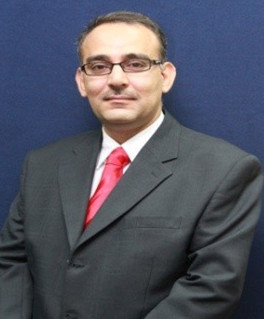Abstract—The experiment was performed on thermal energy storage prototype in Thailand. Concrete was used as the solid media sensible heat material because it is locally available, is easy to handle and is low cost. Water/Steam was used for HTF. The concrete storage prototype was composed of concrete with embedded pipes. The embedded pipes were used transporting and distributing the heat transfer medium while sustaining the pressure. The concrete stores the thermal energy as sensible heat. The heat exchanger was composed of 16 tubes of high temperature steel with an inner diameter of 12 mm and wall thickness of 7 mm. The tubes were arranged in a 4 × 4 square arrangement with a separation of 82 mm. A storage prototype was 0.5 × 0.5 × 4 m. The charging water/steam temperature was maintained at 180C with the flow rates of 0.009, 0.0012 and 0.014 kg/s whereas the inlet temperature of the discharge water/steam was maintained at 110C. Thermal performance of Thermal Energy Storage such as Charging and discharging times, radial thermal distribution, energy storage capacity and energy efficiency have been evaluated. For the charging/discharging experiment, it was found that the increase or decrease in storage temperature depends on the HTF temperature, flow rates, and initial temperature. The results showed that increasing the HTF flow rate increases the overall heat transfer coefficient, thereby enabling faster exchange of heat and reduces charging time. The results from this research can be a guideline for thermal storage system design for solar thermal power plant in Thailand.
Index Terms—Thermal energy storage, heat transfer fluid (HTF), concrete, prototype, performance.
R. Boonsu, S. Sukchai, and S. Somkun are with the School of Renewable Energy Technology, Naresaun University, Phitsanulok, 65000 Thailand (e-mail: rungrudee_b@hotmail.com, Sukruedeen@nu.ac.th, Sakdaso@nu.ac.th).
S. Hemavibool is with the Department of Civil Engineering, Naresaun University, Phitsanulok, 65000 Thailand (e-mail: saranagonh@nu.ac.th).
[PDF]
Cite:R. Boonsu, S. Sukchai, S. Hemavibool, and S. Somkun, "Performance Analysis of Thermal Energy Storage Prototype in Thailand," Journal of Clean Energy Technologies vol. 4, no. 2, pp. 101-106, 2016.


